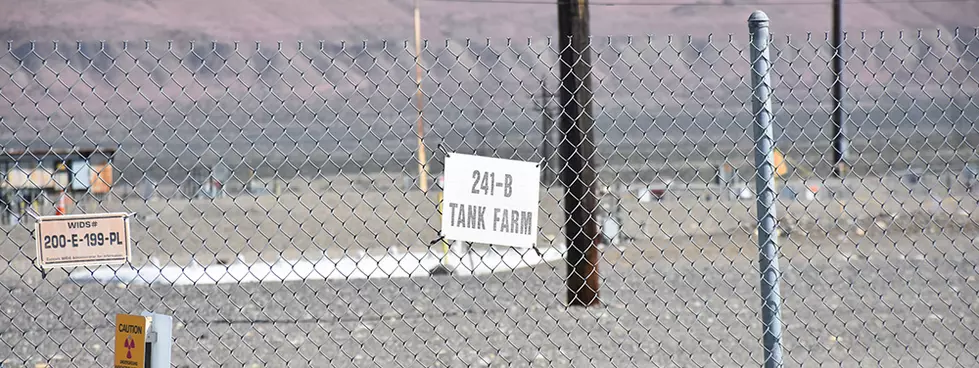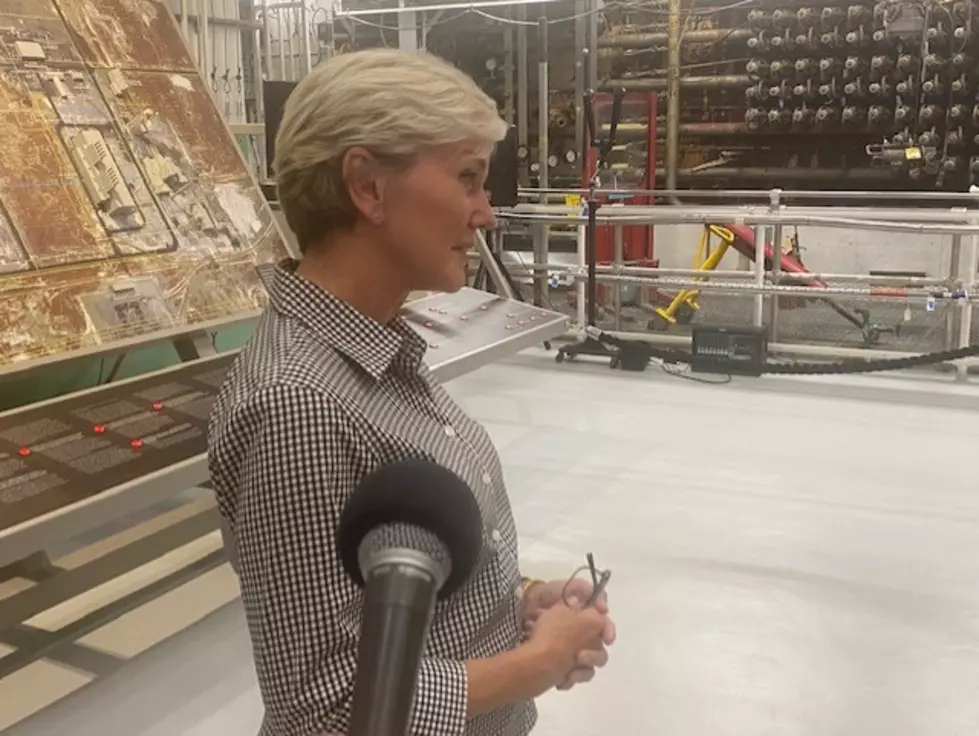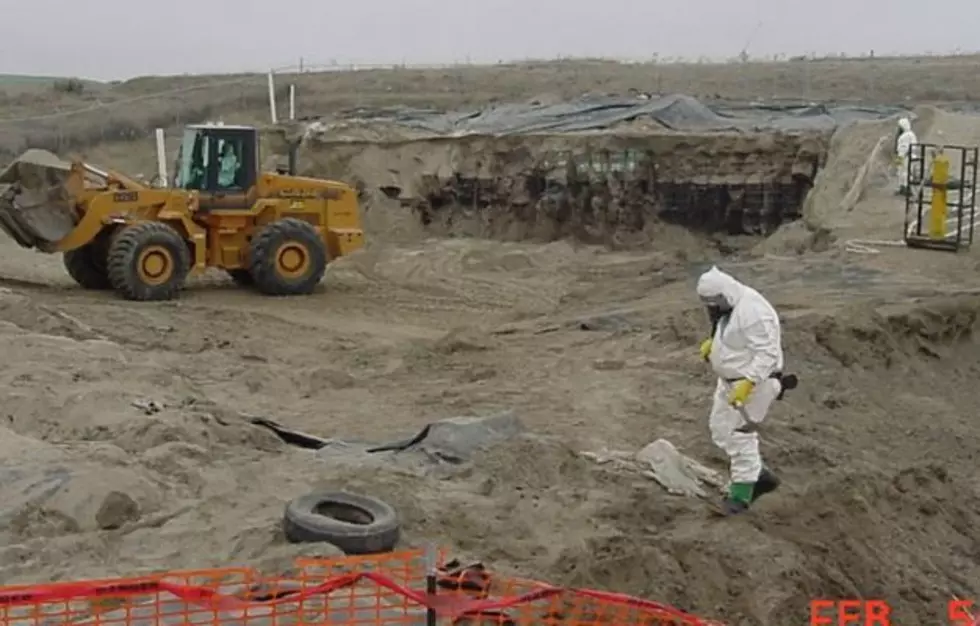
Experts Say Grout (NOT The Bathroom Kind) Could Help Clean Up Hanford Waste
Before everyone runs to the home improvement store and buys up every tube of silicon or grout, it's NOT that type. But numerous experts say grout could go a long way towards stabilizing Hanford waste.
The original plan of the VIT Plant at Hanford is to remove moisture or fluids from Hanford waste, then incinerate it in the incredibly hot VIT (Vitrification) plant. But how to handle and store it prior to incineration has been a hot button issue. And, scientists don't know how some of the 56 million gallons of waste at Hanford will react when heated.
Now, a new government report says mixing or treating the waste with grout-like chemical polymers (glue) could help stabilize and solidify the highly toxic waste.
According to KOMO-TV in Seattle, a new government report says it would be far cheaper to stabilize some of the more hazardous waste and store it than burn it. The waste that would be mixed with these binding grout elements would be ones that are less toxic. Some of the waste has been completely identified and experts know how it would react in the VIT Plant. However, much of the waste in some of the tanks is unknown.
When chemical and radioactive elements are combined in the huge tanks, they create reactions and even new elements that aren't even on the Periodic Table. It's these wastes that concern scientists, who don't know what they will do when heated in the VIT Plant. That would likely be the waste treated with grout.
Treating waste products with grout and stabilizing them is nothing new, it's been done for years. It not only helps minimize some of the chemical reactions and dangerous by-products, it makes it easier to handle, move and store.
However the DOE and government still insist the eventual goal is to glassify all the waste by burning it.
More From 870 AM KFLD









